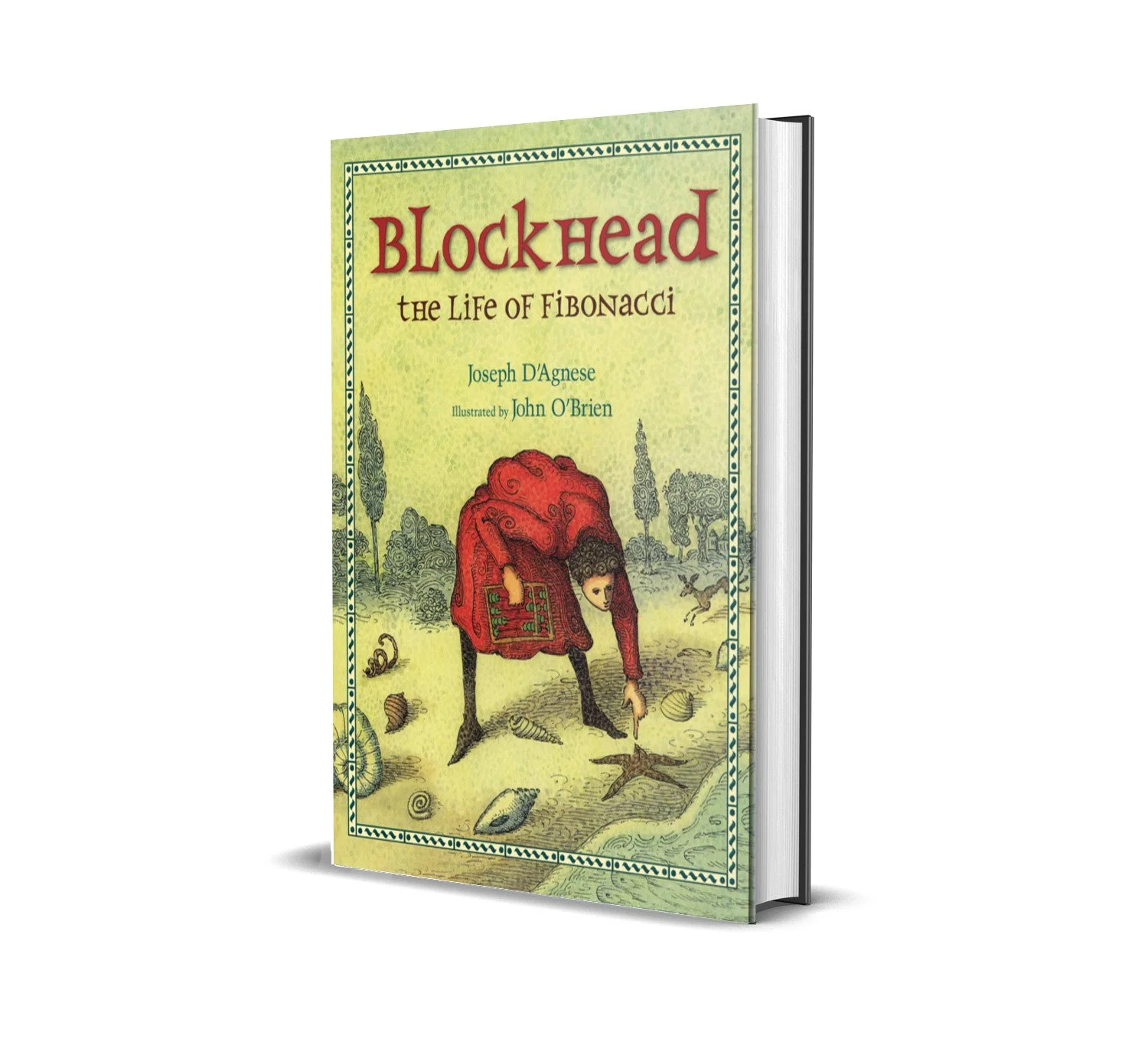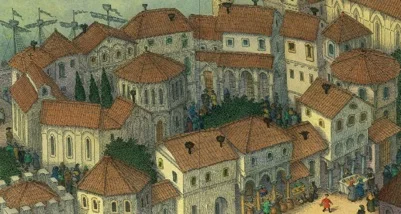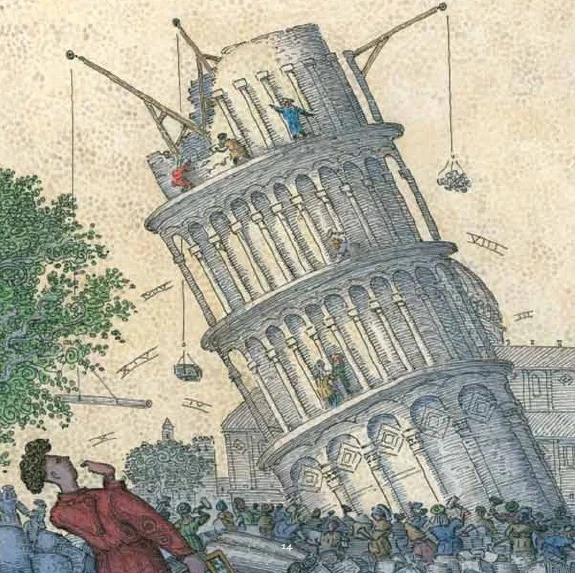8 Fun Facts About Leonardo Fibonacci
I told you yesterday that I did a post at SleuthSayers talking about Fibonacci in a post entitled:
The Holiday for Math Geeks Hidden in November!
That post was delightful, but focused primarily on the genesis of my children’s picture book. Fibonacci Day, which fell on Thanksgiving in 2023, comes around so infrequently that I feel I must seize the day. So here are some fun facts about Leonardo, ordered according to the numbers of the sequence that bears his name…
1 Here’s why math geeks call it Fibonacci Day. Thanksgiving was November 23, or 11/23, according to customary U.S. calendar shorthand. Those four numbers—1, 1, 2, 3—are the first four numbers of the Fibonacci Sequence.
1 Leonardo of Pisa is best remembered TODAY for a word problem he wrote about multiplying rabbits. The solution to that famous puzzle boiled down to a number sequence, which begins 1, 1, 2, 3, 5, 8, 13, 21, 34, 55, 89, 144, 233…
2 The series continues forever, not unlike pi. Later scientists demonstrated that these numbers pop up in nature. For example, clovers have three leaves. Starfish have five arms. Apples sliced side-to-side (usually across their widest point or “belly”) reveal a five-pointed star. Sliced limes and lemons often yield eight wedges. Many flowers have 3, 5, 8, 13, 21, or 34 petals.
3 The shape of fiddlehead ferns, shells, ocean waves, spiral nebulae, sunflower heads, pinecones, and pineapples are all suggestive of a spiral formed by Fibonacci numbers. Proof, some argue, that nature loves math.
5 So—every time you slice a pepper, halve an apple or find a shell on the beach, you ought to think of Leonardo of Pisa, who is regarded as “the greatest western mathematician of the Middle Ages.”
8 Leonardo himself never knew the numbers were special. In his lifetime, he was actually known among scholars for importing number theory from Arabic culture to Western Europe. He helped convert us from I-II-III to 1-2-3. But that conversion took hundreds of years, well after his death.
13 He went by the nickname, Bigollus. The modern Italian word, bighellone, means wanderer, good-for-nothing, loafer, absent-minded, or daydreamer. He may have dazzled the court of Emperor Frederick II, but Leo was just an absent-minded professor to his fellow Pisani.
21 Next time you’re in Pisa, Italy, look for Leonardo’s statue in the Camposanto, a famous cemetery, in the same complex as the Leaning Tower of Pisa. (See Wikipedia’s Fibonacci statue photo here.)
I could go on, but I urge you to explore some of my other Fibonacci writings.
Learn about my book, Blockhead: The Life of Fibonacci, right here. (The book is available only as a hardcover book.)
BUY BLOCKHEAD: THE LIFE OF FIBONACCI
Hardcover: Bookshop | Amazon | B&N | Books-A-Million
Autographed: Malaprop’s
WANT MORE?
Read my extensive post with Fibonacci book recommendations for adults, kids, and scholars here.
Read my Shepherd post about the best books for helping your kids fall in love with math here.
If you are a teacher, parent or librarian, feel free to write me for a free Fibonacci handout with some suggestions for Fibonacci lesson plans and books for further study. Write me via my contact page.
Please consider joining my mailing list.
Credits: All images and the book cover were created by illustrator John O’Brien, copyright 2010.




















